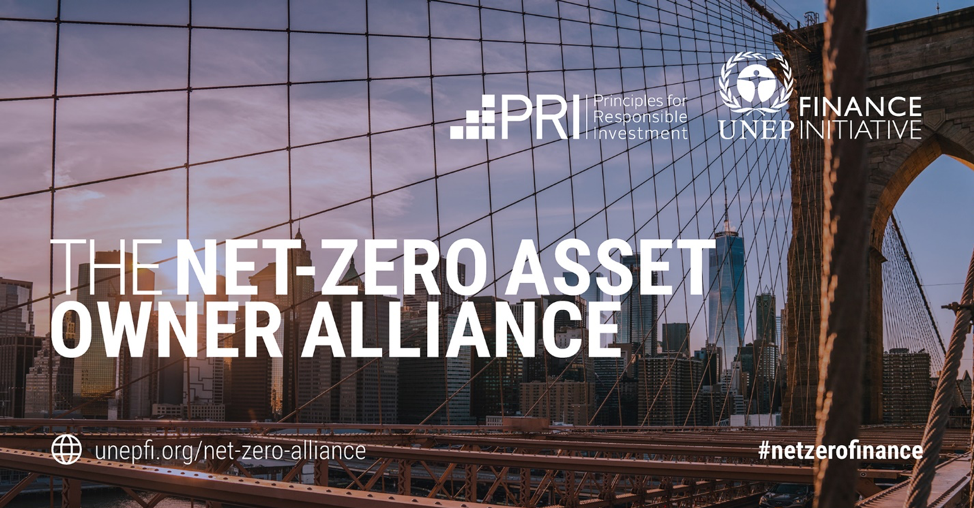As CEOs Grapple with ESG Issues, they Should Prioritize Where Their Companies Can Make the Biggest Impact

Today’s CEOs face the challenge of not only balancing the priorities of multiple stakeholders, but also addressing a broad array of environmental, social, and governance (ESG) issues. As they identify the areas on which their companies should focus, their north star should be where their firms can have the biggest positive impact, as emphasized in a report by The Conference Board ESG Center. Specifically, the impact that companies can have on their own welfare, that of their stakeholders, society at large, and the natural environment.
CEOs should consider three key areas where they can move the needle: the products and services they offer in the marketplace, how they operate their businesses and treat their employees in the workplace, and the actions they take through government relations, communications, and corporate citizenship in the public space.
CEOs should work with their boards to ensure that ESG is appropriately integrated into their companies’ strategies and goals. And as they turn to implementation, integral to success will be having their C-suites aligned—a significant task in and of itself, and one that the CEO is best positioned to lead.
The Conference Board produced the study with the support of KPMG, Morrow Sodali, and Weil, Gotshal & Manges.
“While CEOs may initially find it useful to develop a ‘sustainability strategy,’ the goal should be to incorporate ESG into planning to such an extent that the company has a ‘sustainable strategy,'” said Paul Washington, co-author of the report and Executive Director of The Conference Board ESG Center.
The report offers the following findings and insights:
Importance of Issues
To determine which ESG issues matter, CEOs should look beyond the traditional “materiality” assessment:
The traditional “materiality” assessment that companies have used for decades to identify which ESG issues to focus on has limitations: While this assessment can be a helpful starting point in assessing which issues to report on, it falls short in several aspects:
- The assessment typically focuses on risks rather than opportunities.
- It tends to focus on importance to stakeholders, rather than on the company’s impact on the natural environment and society.
Instead, CEOs should engage in a strategic analysis that is more forward-looking: The analysis should assess several essential factors, which will better position companies to capitalize on the innovation associated with emerging environmental and social issues:
- The main sustainability areas where the company can have the biggest impact.
- Its current position in those key areas.
- How the company can competitively distinguish itself.
- The relevant risks and opportunities in pursuing those areas.
- The resources the company can devote, in this environment, to address those areas.
“To understand which ESG issues matter most to their stakeholders, CEOs will need to have multiple sensors that enable them to hear diverse perspectives,” said Merel Spierings, co-author of the report and researcher at The Conference Board ESG Center. “Capturing the range of viewpoints will require, among other steps, that CEOs include a broad swath of their companies’ functions in their decision-making processes. Leaders need to be in a learning and listening mode as much as they are in a leading mode.”
Impact
When assessing their ability to have impact, CEOs should consider their companies’ role in three key areas:
The marketplace: Includes a firm’s business strategy, products and services, and procurement activities.
- High impact, variable control: While this area offers companies the greatest opportunity for impact, they have only variable levels of control. Market success depends on several factors, many of which the company can’t influence—at least not by itself.
The workplace: Includes a firm’s workforce, operations, and associated policies and practices.
- Direct impact, greater control: Since this area lies, for the most part, within the control of companies, they may want to focus their efforts here first. Moreover, addressing ESG as it pertains to their workforces can serve as a foundation, since companies will have greater credibility in the market and public space if their own houses are in order.
The public space: Includes a firm’s political activity, corporate citizenship efforts, and public communications (other than SEC filings).
- Moderate impact, variable control: Today’s polarized, high-risk environment can cause considerable backlash and claims of corporate hypocrisy, no matter what position a company takes. Such factors make this area one in which companies have limited control and the ability to make only a moderate impact.
“As companies integrate ESG into their business plans, they need to be clear on their goals and whether those goals are to comply with the law, reduce costs, manage reputation, respond to pressures from various constituencies, or to become an industry leader,” said an Lyuba Goltser at Weil, Gotshal & Manges LLP. “This is an ongoing conversation at the management and board level—an issue where the company is first in ‘compliance mode’ may over time become one where it wants to be a leader. Similarly, given the growing level of ESG-related regulation and disclosure, companies may need to shift more resources just to comply with the rules, which may delay their progress toward a leadership role in others.”
Making the Case
To increase employees’ understanding and acceptance of a company’s decisions on ESG issues, the CEO and C-suite must make the business case:
Internal education and engagement can help make the case: Employees often do not see the pressure coming from external stakeholders, including investors and regulators, to address ESG issues. This lack of awareness highlights the need for CEOs and their teams to educate stakeholders—especially employees—about:
- The firm’s business model.
- The intersection between the firm’s business success and sustainability.
- How specific ESG efforts drive strategy—and with that, the long-term interests of the company and all of its stakeholders.
Engaging the Boards
CEOs need to work with their boards to ensure directors are fluent on key ESG issues, rather than over-rely on the views of a few “expert” directors: Avoid the pitfall of over-relying on specialists: While SEC disclosure rules, investor pressure, and even business imperatives may tempt boards to recruit directors with certain expertise, boards must avoid looking to a single director as the sole source of knowledge and judgment on a specific topic.
Instead, make the board fluent on key topics: Especially at this time of rising expectations and skepticism about whether ESG can actually drive financial performance, boards need to be sufficiently fluent in ESG. CEOs can help to achieve this by:
- Educating the board on ESG issues that tie to the firm’s main risks and opportunities. For example, they can ensure the board has an opportunity to routinely meet with the company’s senior sustainability executives or has other opportunities for deeper dives.
- Organizing an annual enterprise risk meeting for the full board, at which senior risk executives provide updates on the latest regulatory developments and expectations, mission-critical tasks, industry trends, and broader ESG lessons learned.
- Encouraging directors to seek outside education on ESG, for example, by providing information about external governance programs and seminars.
- Having a transparent conversation with the board about the ESG issues where the company is in compliance or cost-saving mode, and where it is taking an industry leadership role.
Telling the ESG story
The CEO can take several steps to better communicate their company’s ESG story:
Communicating a more authentic, reliable, and effective ESG story: To better communicate in this area, CEOs will want to ensure their companies:
- Focus on the business imperative behind the story—and on those stakeholders that can either make it happen or imperil it.
- Focus on making the often-neglected areas of economic fairness and security part of their sustainability story.
- Reinforce the sustainability story at the point of sale.
- Ensure its ESG efforts are viewed not as ancillary (or worse, greenwashing or bluewashing), but as essential to furthering the company’s mission.
Source: The Conference Board










